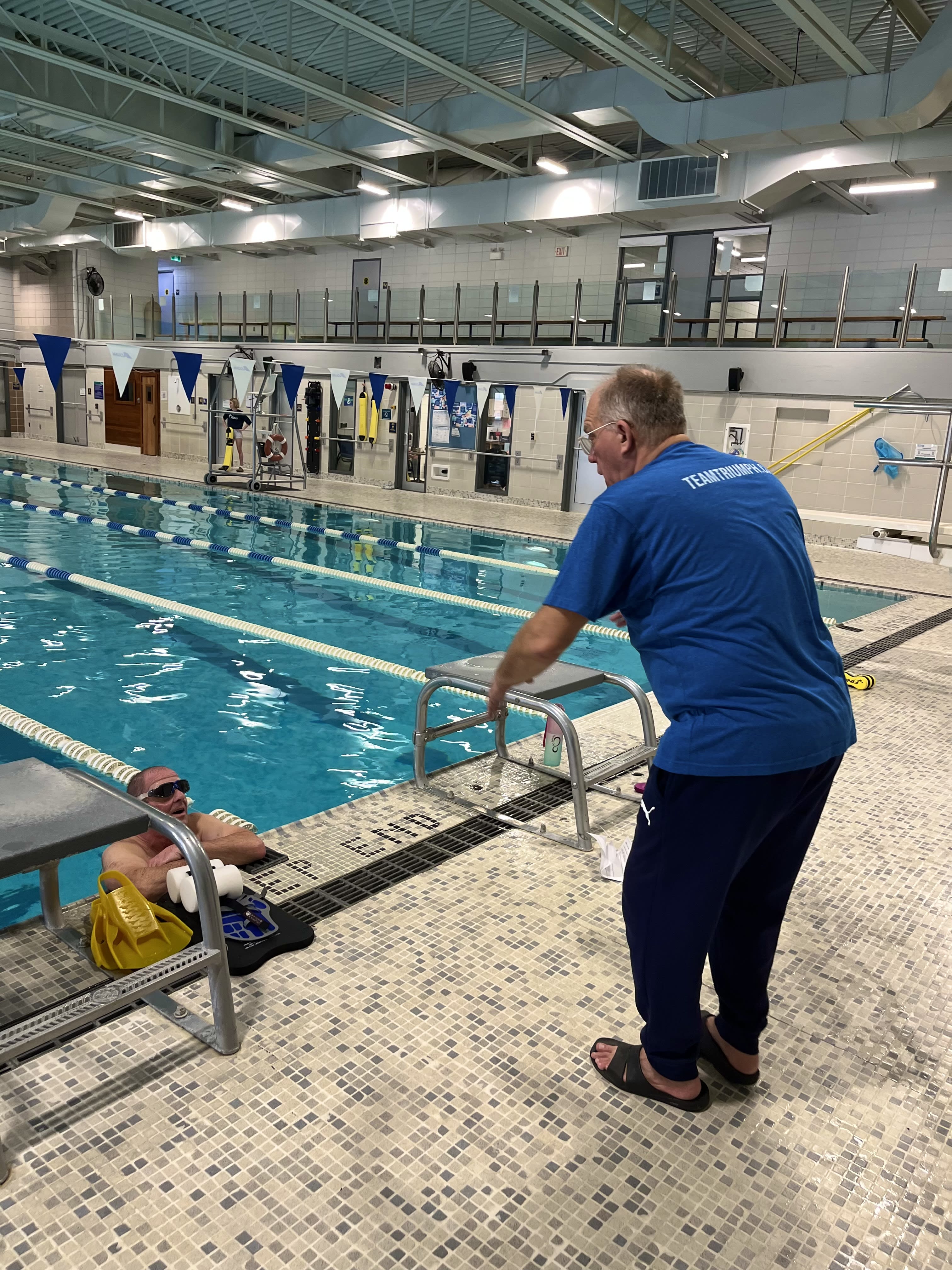
Does Strength Training Off the Bike Make You Stronger? Insights from Mujika's Research
Cyclists often ponder whether strength training off the bike can genuinely enhance their cycling performance. This question has been a subject of extensive research and debate among sports scientists and athletes. One significant contribution to this discussion comes from the research of Iñigo Mujika, a renowned physiologist and triathlon coach. In this blog, we delve into Mujika's findings and explore how off-bike strength training can be a game-changer for cyclists.
Understanding Mujika's Research
Iñigo Mujika's research in the field of sports science, particularly in endurance sports like cycling and triathlon, has been pivotal. His studies have often focused on the impact of strength training on endurance athletes.
Key Findings:
Improved Cycling Performance: Mujika’s research demonstrated that cyclists who engaged in strength training off the bike could improve their overall cycling performance.
Increased Muscle Efficiency: Strength training was shown to enhance muscle power and efficiency, crucial for cycling, especially in climbing and sprinting.
Better Injury Prevention: Incorporating strength training can lead to a more balanced musculature, reducing the risk of common cycling-related injuries.
The Role of Strength Training in Cycling
While cycling primarily develops cardiovascular endurance and specific leg muscles, strength training off the bike targets a wider range of muscle groups and enhances overall muscle balance and power.
Benefits of Strength Training for Cyclists:
Enhanced Power: Stronger muscles can generate more power, crucial for sprints and climbs.
Improved Fatigue Resistance: Strength training can increase muscular endurance, enabling cyclists to maintain optimal performance for longer durations.
Better Core Stability: A strong core improves cycling posture and efficiency, translating to better control and power transfer.
Implementing Strength Training in a Cyclist's Routine
Suggested Exercises:
Squats: These target the quadriceps, hamstrings, and glutes, essential for pedaling power.
Deadlifts: Great for strengthening the lower back and hamstrings.
Core Workouts: Exercises like planks and Russian twists to build core strength and stability.
Training Tips:
Balance is Key: Strength training should complement, not overwhelm, your cycling training.
Progressive Overload: Gradually increase the intensity and volume of strength workouts to continue making gains without overtraining.
Seasonal Planning: Incorporate heavier strength training in the off-season and maintenance routines during the cycling season.
Safety and Considerations
Proper Form: Always prioritize correct form to prevent injuries.
Consult a Coach or Trainer: Especially for beginners, getting guidance on strength training techniques and programs is advisable.
Listen to Your Body: Recovery is crucial, so ensure adequate rest between strength and cycling sessions.
Conclusion
Iñigo Mujika's research strongly supports the idea that off-bike strength training can significantly boost a cyclist's performance. By increasing muscle power, efficiency, and reducing injury risk, strength training is an invaluable addition to any cyclist’s training regimen. Whether you’re a competitive racer or a recreational rider, integrating strength training into your routine can lead to noticeable improvements in your cycling prowess. So, the answer is clear: off-bike strength training does indeed make you a stronger cyclist.
Julia Aimers
CSEP Clinical Exercise Physiologist
CSEP High-Performance Specialist
Certified Triathlon, Cycling, Yoga and Swimming Coach
USA Cycling Level 2 Coach
Training Peaks Accredited Coach

I would highly recommended Eric and Team Triumph!
Ian Ross

A year ago I could only tread water and had not run since childhood. With the amazing Virtual Olympic course, support, guidance, and tips from of all the folks at Team Triumph I've ended the season with my first Olympic distance triathlon under my belt and am hooked! Really looking forward to the 2025 season and even to the hard work over the winter to prepare. Karen Houle

I wanted to let you know that the Perth triathlon was a great experience, I somehow placed third in my age group! What a supportive group of participants (including Team Triumph athletes), cheering bystanders and volunteers.
Thanks to your swim lessons, I learned the technical basics and gained confidence to get back in the pool after decades. And it was really special doing this with Ann Laidlaw, my bestie for many years. We did a couple of additional swims with Kevin and Team Triumph people, also a great way to continue learning and practicing good technical form.
I will continue with lane swimming and who knows, maybe there's another triathlon in my future!